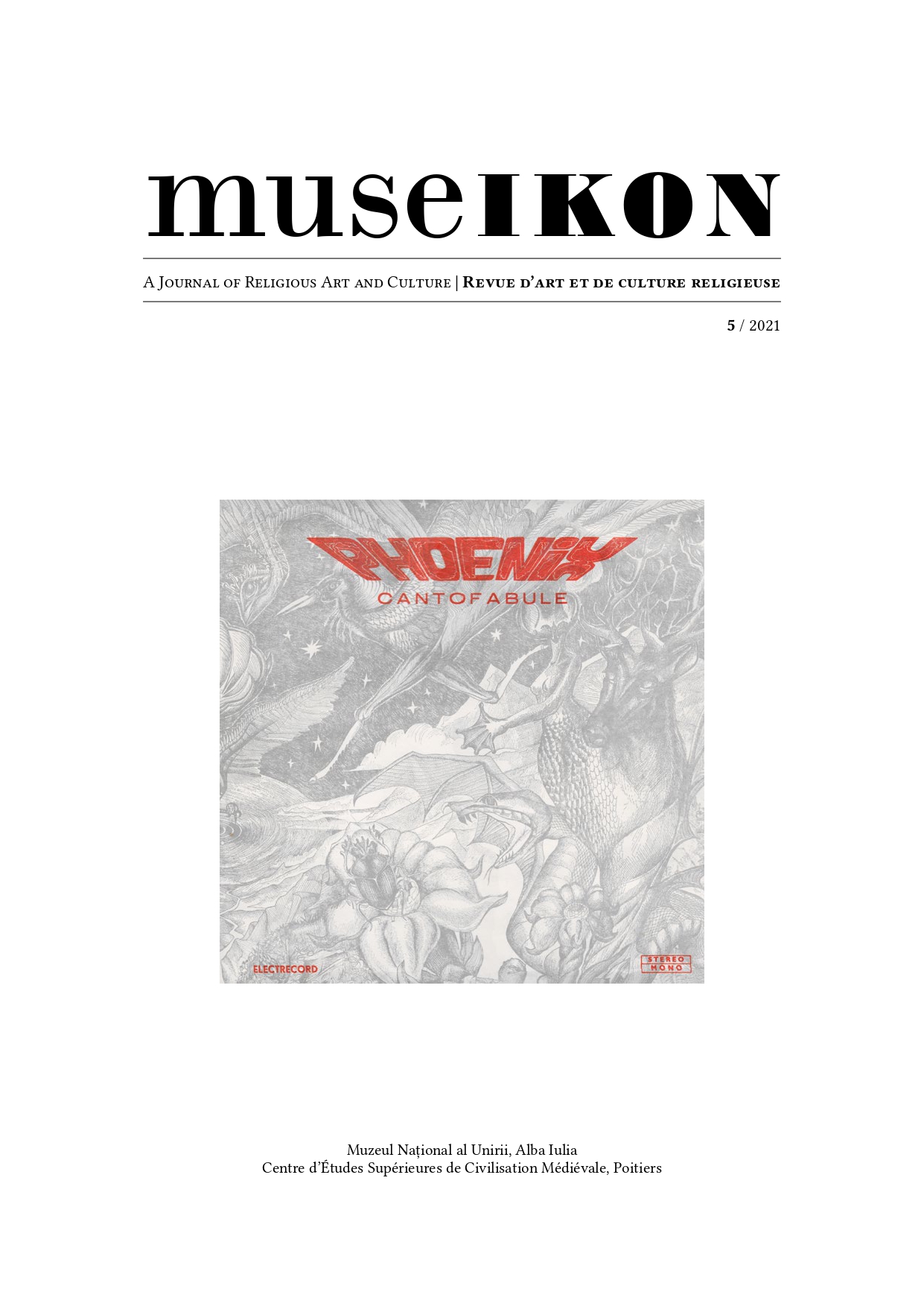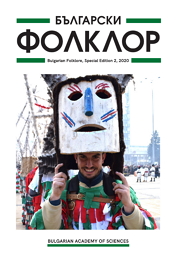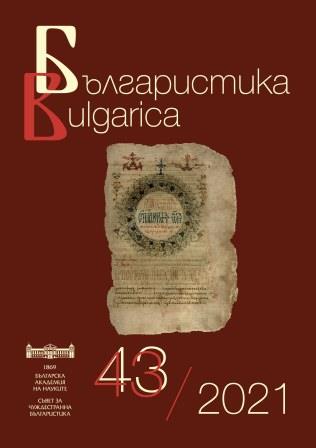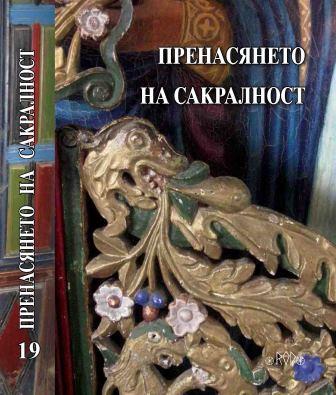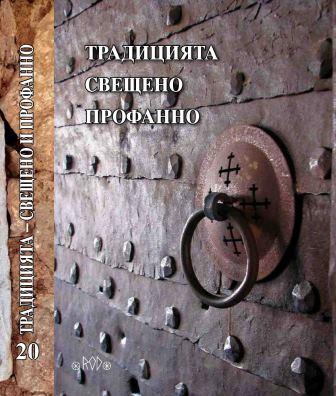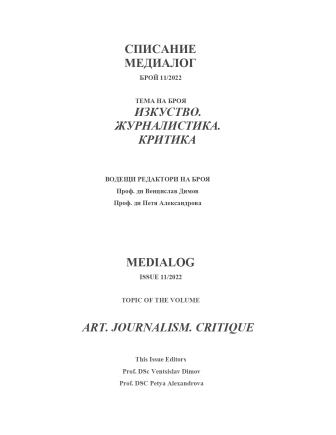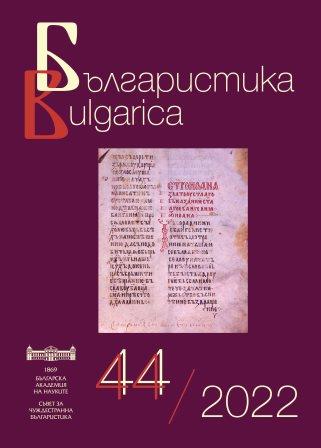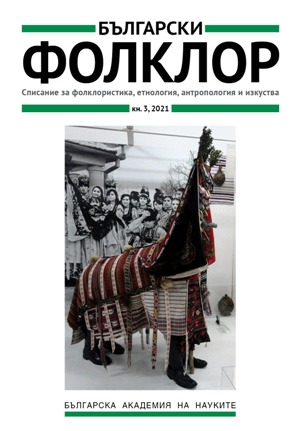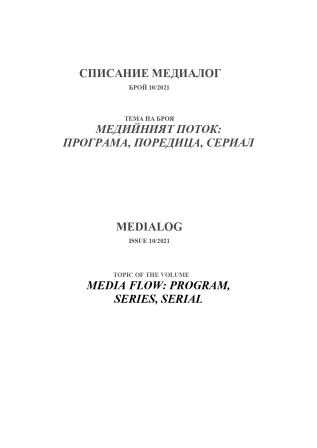
Разнообразие в телевизионните програми на обществените телевизии в държавите от Западните Балкани
The dual broadcasting system in the six Western Balkan countries puts challenges but also creates opportunities to increase the diversity of the TV program. The paper aims to answer the question whether there is a variety of television content provided by the public broadcasters to the audiences in the Western Balkans. Their public mission obliges them to provide access to programs on diverse topics for all target audiences, including ethnic minorities and people with disabilities.
More...
